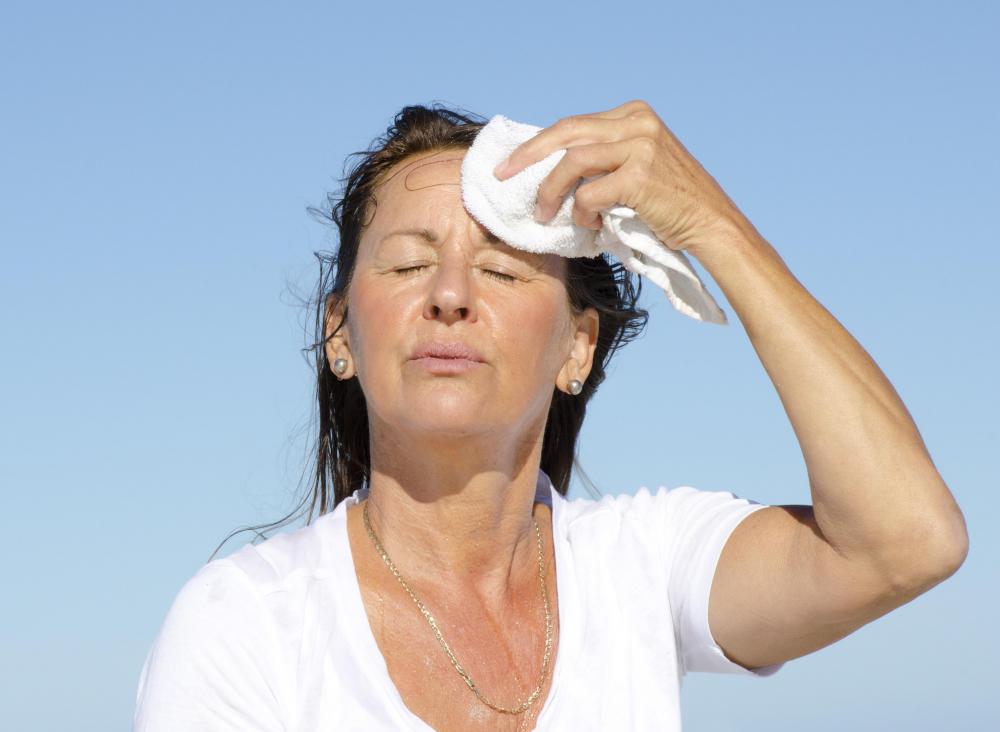Heat Stroke – What are the signs
Preventing Heat Stroke: Steps You Need to Take
Summer is commonly associated with spending sun-filled days enjoying activities or working in the open air. However, it’s important to be prepared as this season can quickly turn into a health situation or a hazard.
In places, like Florida and other hot regions, heat advisories and excessive heat warnings are frequently issued during the summertime
In fact, according to the Environmental Protection Agency (EPA), extreme heat conditions contribute to over 1,300 deaths in the United States every year.
Exertional Heat Stroke: When It Occurs
High temperatures can lead to heat related illnesses with heat stroke being the most severe. Exertional heatstroke occurs when a person’s body temperature rises above 105 degrees Fahrenheit making it difficult for the body to regulate its natural temperature.
How Sweating Can Trigger a Heat Stroke
If the air is fairly damp, it’s also difficult to stay cool, thereby causing problems with dizziness, exhaustion, nausea, and shortness of breath..
Dr. Rebecca Lopez, a professor and program director at USF Health Morsani College of Medicines, School of Physical Therapy and Rehabilitation Sciences, explains that exertional heat stroke typically begins with some form of collapse – a major indication that something isn’t right.
Because of the humidity and high temperatures, such as those experienced in Florida, people are more vulnerable to the development of heat stroke. While perspiring is designed to cool you off, you won’t get cool if the air is too “water-logged.” That’s because the sweat just won’t evaporate. In turn, you’ll only feel hotter.
Dr. Lopez advises that, apart from staying hydrated and taking breaks, it’s beneficial to wear lightweight clothing that exposes some of the skin. This can help some of the sweat to evaporate.
It’s also important to remember that heat-related deaths and illnesses are preventable. For example, during sports activities, it helps to have an athletic trainer present. They can identify and treat heat-related conditions and prevent a heat stroke from happening.
According to Dr. Lopez, the key in treating heat stroke is to reduce the victim’s body temperature as soon as possible.
Also, one vital aspect of being safe in the summer is acclimating yourself to the heat. The Center for Disease Control and Prevention recommends increasing exercise intensity or heat duration over a period of one to two weeks. This will make it easier for you to tolerate the hotter temperatures.
Heat Exhaustion vs Heat Stroke: Making the Distinction
Heat exhaustion may lead to heat stroke, so it’s important to distinguish between the two conditions.
Symptoms of Heat Exhaustion and Steps to Take Toward Recovery
Symptoms of heat exhaustion include dizziness, thirst, heavy sweating, weakness, and nausea. If you experience these symptoms, move to a cooler area fast. Sip cool water and loosen your clothing. Seek medical help if you don’t experience any improvement.
Heat Stroke Symptoms and Treatment
Heat stroke happens when a person feels confused, dizzy or passes out. If this happens, they need to be moved to a cooler area immediately and the clothing should be loosened or layers removed. Cool the victim with water or ice and call 911. Stay with them until emergency help arrives.
If you want to stay cool, it pays to stay informed. So, make sure you stay hydrated and move to a cooler location if you feel overheated, exhausted, dizzy, or sick to your stomach.



